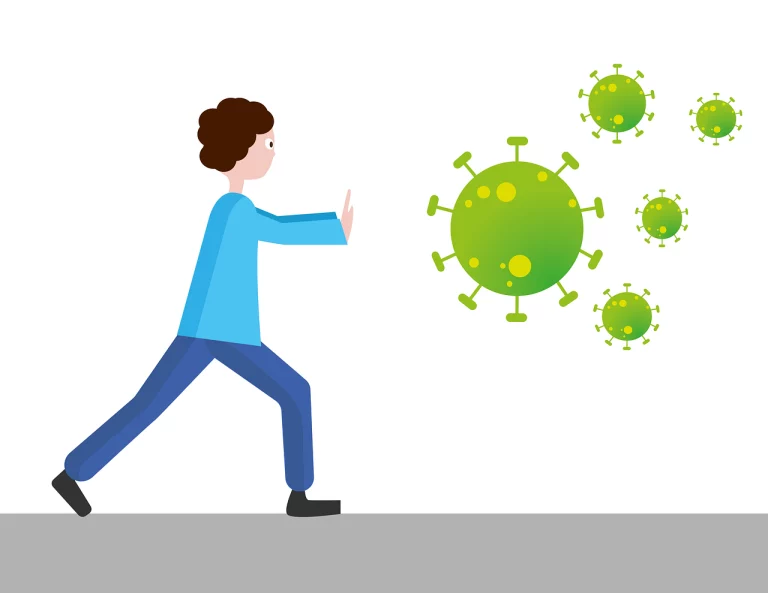Book Appointment Now

Treatment of Patients with Anaphylaxis
Anaphylaxis is a life-threatening allergic reaction that requires immediate medical intervention. In trauma and acute care settings, prompt and effective treatment of patients with anaphylaxis is crucial to prevent serious complications and save lives. Nurses play a central role in recognizing symptoms, administering treatment, and monitoring patient recovery. Given the rapid progression of anaphylaxis, nursing interventions must be swift, well-coordinated, and tailored to the specific needs of each patient.
Do you need nursing paper writing help treatment of patients with anaphylaxis essay? ![]()
Causes and Symptoms of Anaphylaxis
Common Triggers of Anaphylaxis
Anaphylaxis can be triggered by various allergens, which are commonly encountered in both hospital and home settings. The most frequent causes include:
- Food Allergies: Peanuts, shellfish, and dairy products are common triggers.
- Medications: Antibiotics like penicillin, NSAIDs, and certain vaccines can provoke allergic reactions.
- Insect Stings: Bee, wasp, and ant stings often lead to severe allergic reactions.
- Latex: A common cause in healthcare settings, latex can trigger anaphylaxis in sensitive individuals.
Nurses must be vigilant in identifying potential allergens that can trigger anaphylaxis in trauma care, as early detection is essential for prompt intervention.
Recognizing Symptoms of Anaphylaxis
Anaphylaxis symptoms can progress rapidly, making it essential for nurses to recognize the signs early:
- Respiratory Distress: Difficulty breathing, wheezing, or swelling of the throat.
- Cardiovascular Symptoms: Hypotension, rapid or weak pulse, and dizziness.
- Gastrointestinal Issues: Vomiting, diarrhea, and abdominal pain.
- Skin Reactions: Urticaria (hives), itching, and swelling, especially of the face and lips.
Timely identification of these symptoms enables nurses to initiate acute care for anaphylactic patients and prevent further deterioration.
Initial Nursing Interventions for Anaphylaxis
Administering Epinephrine – The First Line of Defense
The cornerstone of treatment of patients with anaphylaxis is the immediate administration of epinephrine. As an adrenergic agonist, epinephrine helps reverse the life-threatening symptoms of anaphylaxis by:
- Improving Airway Function: Reduces throat swelling and opens airways to ease breathing.
- Increasing Blood Pressure: Reverses the drop in blood pressure by constricting blood vessels.
- Reducing Symptoms of Shock: Epinephrine restores circulation and oxygenation to vital organs.
In most acute care settings, nurses are trained to quickly administer epinephrine via intramuscular injection, typically in the mid-outer thigh. Nurses must also know how to use auto-injectors (e.g., EpiPens) and monitor the patient’s response to the medication.
Additional Emergency Interventions for Anaphylaxis
While epinephrine is the primary treatment, additional nursing interventions are crucial for comprehensive care:
- Airway Management: In severe cases, patients may require airway support, such as supplemental oxygen or even intubation, to maintain adequate oxygenation.
- IV Access and Fluids: Nurses should establish intravenous (IV) access to administer fluids and medications such as antihistamines, corticosteroids, or bronchodilators.
- Monitoring Vital Signs: Continuous monitoring of heart rate, respiratory rate, blood pressure, and oxygen saturation is vital. Nurses must be alert to signs of deteriorating hemodynamic status, indicating the need for further medical intervention.
These interventions form the foundation of nursing care for anaphylaxis, ensuring the patient’s immediate needs are met while mitigating the risk of recurrence.
Monitoring and Post-Crisis Management of Anaphylaxis
Observation and Ongoing Monitoring
After the acute phase of anaphylaxis, patients need close observation to ensure stability and monitor for biphasic anaphylaxis (a recurrence of symptoms after initial recovery). Nurses are responsible for:
- Monitoring for Delayed Reactions: Biphasic anaphylaxis can occur hours after the initial event. Patients should be monitored for at least 4-6 hours in a clinical setting.
- Assessing for Complications: Hypoxia, cardiac arrhythmias, and prolonged hypotension are potential complications that require continuous assessment.
- Providing Reassurance and Emotional Support: Anaphylaxis can be frightening for patients. Nurses must offer emotional support and educate the patient about what to expect during the recovery phase.
These post-crisis measures are essential to the emergency management of anaphylaxis and help prevent further adverse events.
Patient Education and Discharge Planning
Before discharge, nurses must ensure that patients and their families understand the importance of ongoing care and prevention strategies. Key educational points include:
- Epinephrine Auto-Injectors: Patients should be instructed on how and when to use an epinephrine auto-injector. Nurses should demonstrate the correct technique and emphasize the importance of carrying it at all times.
- Avoiding Triggers: Educating the patient on identifying and avoiding known allergens can help prevent future anaphylactic reactions.
- Follow-Up Care: Nurses should provide instructions for follow-up appointments with an allergist and ensure the patient knows when to seek emergency care in case of future allergic reactions.
Education is a critical component of nursing interventions for anaphylaxis and empowers patients to manage their condition after discharge.
The Critical Role of Nurses in Treating Anaphylaxis
The treatment of patients with anaphylaxis is a high-stakes scenario that demands rapid, effective nursing interventions. From recognizing the initial symptoms to administering life-saving epinephrine and providing post-crisis care, nurses are central to the patient’s survival and recovery. By ensuring timely treatment and educating patients on prevention, nurses not only manage the acute episode but also equip patients with the tools to prevent future occurrences.




